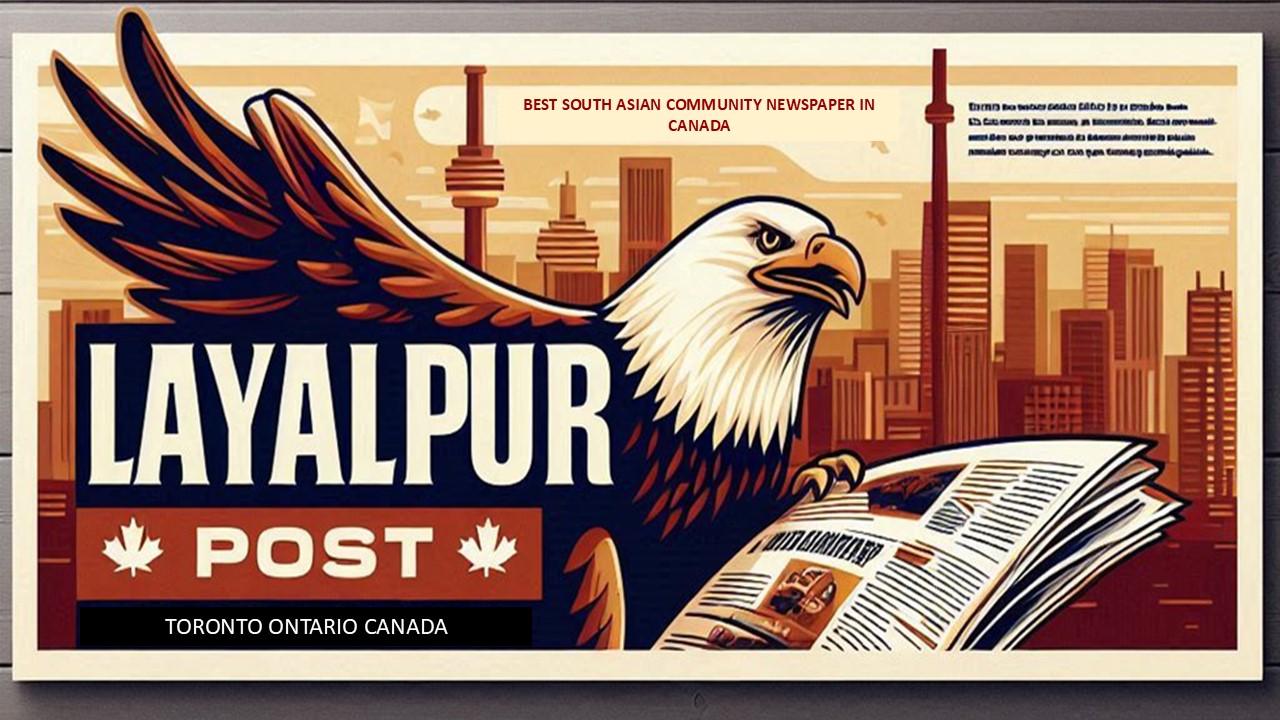From our position in Canada, deeply intertwined with the economic currents of our southern neighbour, the imposition of new U.S. tariffs on Canadian goods casts a long and concerning shadow. As Publisher & Chief Editor of Layalpur Post, it is imperative to dissect the start dates, implementation details, and the potential far-reaching effects these tariffs will have on the Canadian economy.
The latest round of U.S. tariffs, initiated by President Trump, commenced with a 25% tariff on a broad range of Canadian products and a 10% tariff on energy resources and critical minerals, both taking effect on March 4, 2025 (after an initial pause from February 4). This was swiftly followed by additional measures, including a 25% tariff on all steel and aluminum imports from Canada on March 12, 2025, and a 25% tariff on auto imports on April 3, 2025. More recently, the overall tariff on Canadian imports was reportedly hiked to 35% on August 7, 2025, with a 40% transshipment levy on goods rerouted to avoid these tariffs, citing concerns about illicit drugs.
Canada's response has been swift and resolute, implementing retaliatory tariffs on a corresponding value of U.S. goods. On March 4, 2025, Canada imposed 25% retaliatory tariffs on $30 billion worth of U.S. goods, including consumer products like orange juice, peanut butter, wine, and appliances. Further retaliatory tariffs on steel, aluminum, and miscellaneous consumer products, totalling $29.8 billion, came into effect on March 13, 2025. Canada also has plans for further countermeasures on automotive products if the U.S. tariffs persist.
The effects on the Canadian economy are poised to be significant and largely negative. Our economy is deeply integrated with that of the United States, with roughly three-quarters of our exports heading south of the border.
Firstly, Canadian exporters will face increased costs and reduced competitiveness in the vital U.S. market. A 25% or 35% tariff makes Canadian products more expensive for American buyers, potentially leading them to seek alternative suppliers, either domestically or from other countries not subject to these duties. This loss of market share will directly impact Canadian businesses, from large manufacturers to small and medium-sized enterprises, potentially leading to reduced profits, job losses, and a slowdown in production. Sectors such as steel, aluminum, auto parts, and agriculture are particularly vulnerable.
Secondly, the tariffs could disrupt established supply chains, which often involve goods crossing the border multiple times during the production process. This "tariff stacking" means increased costs at various stages, ultimately making final products more expensive for both U.S. and Canadian consumers.
This can fuel inflation in Canada, as the cost of imported U.S. goods subject to retaliatory tariffs rises, and as the cost of Canadian products that rely on U.S. inputs also increases. Thirdly, the uncertainty generated by these trade actions is a major impediment to investment. Businesses on both sides of the border are hesitant to make long-term plans or significant investments when the rules of trade can change abruptly. This "uncertainty tax" can stifle innovation, deter foreign direct investment, and slow economic growth.
While some sectors might see a slight increase in domestic demand as consumers potentially shift away from more expensive U.S. imports, the overall impact of such widespread tariffs on a trade-dependent economy like Canada's is expected to be a net negative. Economic forecasts have already indicated a potential reduction in Canada's GDP growth.
In a global economic landscape already grappling with inflation and geopolitical tensions, these tariffs represent a dangerous escalation. They undermine the principles of free and fair trade, strain a crucial bilateral relationship, and ultimately hurt consumers and businesses in both countries. For Canada, the focus must remain on navigating these challenging waters, supporting affected industries and workers, and continuing to advocate for a return to open and rules-based trade.





















